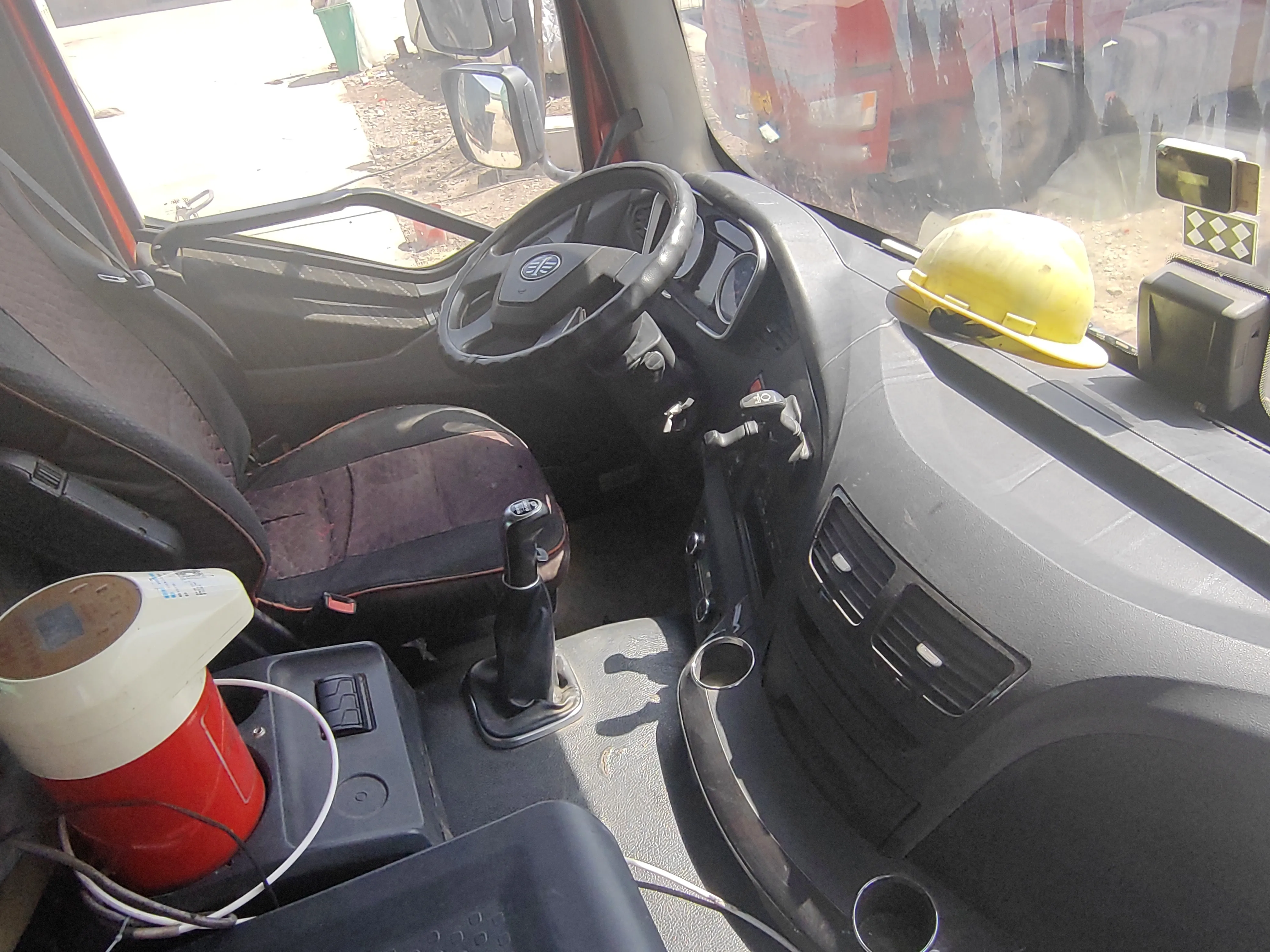transmission leak repair
Transmission Leak Repair Understanding, Identifying, and Fixing Transmission Leaks
Transmission fluid is the lifeblood of your car’s transmission system. It lubricates the moving parts, provides hydraulic pressure to facilitate gear changes, and serves as a coolant to keep the system at optimal temperatures. When there’s a leak in your transmission system, it can lead to significant problems, affecting the performance of your vehicle and potentially causing expensive repairs. Hence, understanding how to identify and repair transmission leaks is vital for every vehicle owner.
Understanding Transmission Leaks
A transmission leak usually occurs due to wear and tear on the transmission's seals and gaskets, which are designed to keep fluid contained. Over time, exposure to heat, friction, and contaminants can cause these components to degrade, leading to leaks. Additionally, physical damage from impacts or corrosion can also result in fluid loss. Common signs of a transmission leak include dark red or brown puddles underneath the vehicle, especially where the car is parked, and a low transmission fluid level. You might also notice difficulty in shifting gears, slipping gears, and unusual noises while driving, which can indicate inadequate lubrication and pressure in the system.
Identifying the Source of the Leak
Locating the source of a transmission leak is crucial before attempting any repairs. Start by cleaning the transmission area to remove any old fluid or grime that may obscure the leak source. Then, park your car on a clean, dry surface and run the engine for a few minutes. This allows the fluid to warm up and flow, making it easier to identify the leak. After shutting off the engine, inspect the transmission pan, drain plugs, and around the transmission lines for signs of fluid. Additionally, check the seals on the input and output shafts, as well as the shift cable, for potential leaks.
Repairing the Leak
Once you have identified the source of the leak, the method of repair will depend on the severity and type of leak. Here are some common repair strategies
transmission leak repair

1. Replace Seals and Gaskets If the leak is caused by worn-out seals or gaskets, replacing these components is often the best solution. Ensure you use high-quality OEM (Original Equipment Manufacturer) parts to maintain the integrity and performance of your transmission.
2. Tighten Bolts and Connections Sometimes, a leak can be caused by loose bolts on the transmission pan or connections in the transmission lines. Carefully tightening these connections can sometimes prevent fluid loss without the need for replacement parts.
3. Transmission Fluid Additives There are various sealant additives available on the market that can help rejuvenate worn-out seals. While not a permanent fix, these additives can sometimes provide a temporary solution to minor leaks.
4. Professional Repair If the leak is significant, or it originates from a complex area of the transmission, it may be best to consult a professional mechanic. They can perform a more thorough inspection and conduct repairs that may include resealing the entire transmission or replacing damaged components.
Preventive Measures
To protect your transmission from leaks, regular maintenance is crucial. Ensure that you check your transmission fluid levels regularly and have your transmission system inspected during routine car maintenance. Change the transmission fluid according to your vehicle's manufacturer recommendations, as fresh fluid can help to keep the system clean and functioning optimally. Additionally, paying attention to any unusual changes in your vehicle's performance can help you catch potential problems before they escalate.
Conclusion
Transmission leaks can lead to significant vehicle issues if not addressed promptly. Understanding the causes, identifying the source, and knowing how to repair or address these leaks can save you time and money in the long run. Whether you choose to handle minor repairs yourself or seek professional assistance, proactive measures can ensure that your transmission system remains in good working order, keeping your vehicle running smoothly for years to come. Remember, a little vigilance can go a long way in maintaining your car's health and performance.
-
SINOTRUK HOWO 84 Electric Dump Truck for Eco-Friendly Heavy HaulingNewsJul.26,2025
-
The Fast 16-Gear Manual Transmission Assembly for Heavy TrucksNewsJul.25,2025
-
Mercedes Benz Actros 1848 42 Tractor Truck for Sale - Reliable PerformanceNewsJul.24,2025
-
High-Quality Water Pump Assembly for Sinotruk Trucks – Durable & ReliableNewsJul.23,2025
-
Premium Truck Engine Antifreeze Coolant Fluid for Heavy Duty VehiclesNewsJul.22,2025
-
FOTON View G7 Mini Bus: Affordable & Spacious TransportNewsJul.22,2025
Popular products

























